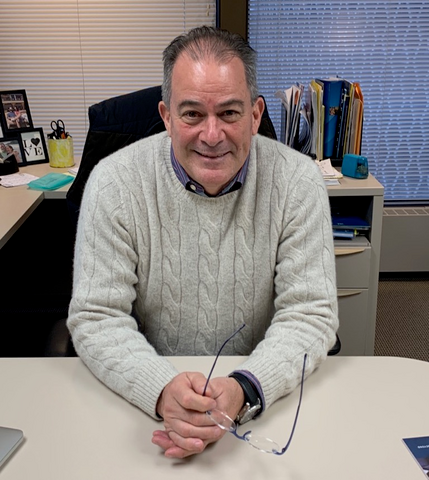PAHO/WHO Collaborating Centre Spotlight Series
Reference Number: USA-417
Official Title: PAHO/WHO CC for Surveillance, Epidemiology and Control of Foodborne Diseases and other Enteric Pathogens
Institution: Division of Foodborne, Waterborne and Environmental Diseases, National Center for Emerging Zoonotic and Infectious Diseases, Centers for Disease Control and Prevention (CDC)
Reference Number: MEX-33
Official Title: PAHO/WHO CC on Antimicrobial Resistance in Foodborne and Environmental Bacteria
Institution: Dirección General de Inocuidad Agroalimentaria Acuícola y Pesquera, Servicio Nacional de Sanidad. Inocuidad y Calidad Agroalimentaria (SENASICA)
Category 5 (SP 14-19)
Outcome 24 (SP 20-25)
Dr. Enrique Perez-Gutierrez, Unit Chief, Health Emergency Information and Risk Assessment, is the PAHO staff member who acts as the Region’s focal point to coordinate the collaboration between the institution and the Organization.
The main activities of these Centres include: (1) arranging reference and laboratory activities; (2) capacity building; and (3) responding to outbreaks and emergencies.
The Centre at the CDC provides English and Spanish educational materials and newsletters on their website, which serve as a useful resource for populations in the Region. The Centre has also developed a publication that assesses the burden of foodborne diseases and provides training in subtyping methods for enteric pathogens (serotyping and Pulse field gel electrophoresis). An example of this training includes PAHO collaborating with the Global Disease Detection Center for Central America in Guatemala to build capacity for Central America in early detection of acute gastrointestinal illness. The Centre also collaborates with PAHO on actions and communications for PulseNet, a laboratory network that “compares the DNA fingerprints from patients” to help in the detection and investigation of food product contaminants reported in the Region. This allows PAHO to have better information on the causes of outbreaks and thereby provide a better response.
The Centre at SENASICA is currently working with the Organization to build capacity in several countries related to sequencing analysis (bioinformatics). For example, the Centre is developing 12 videos for Whole Genome Sequencing from DNA extraction to genome analysis (available in 2020).
Dr. Perez-Gutierrez notes “these are important Collaborating Centres for the Organization as they provide cutting edge expertise in molecular epidemiology and subtyping methods for enteric pathogens.”
Webnotes such as these serve to inform how Collaborating Centres are contributing to the Organization’s priorities and mandates.


